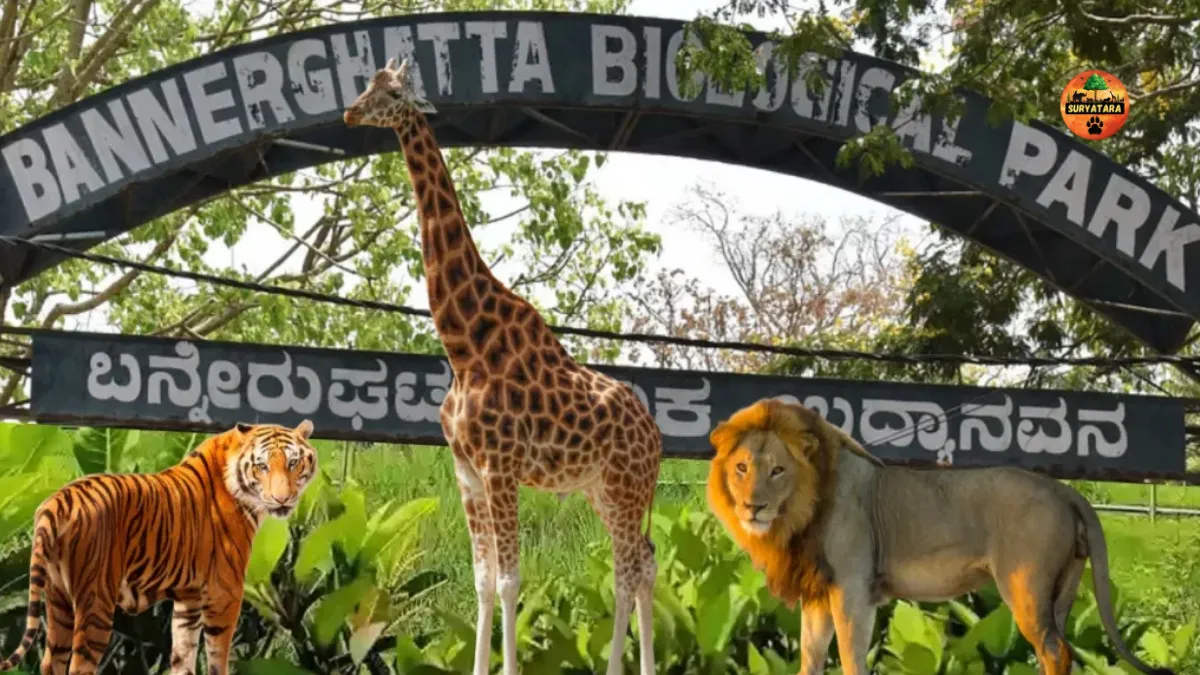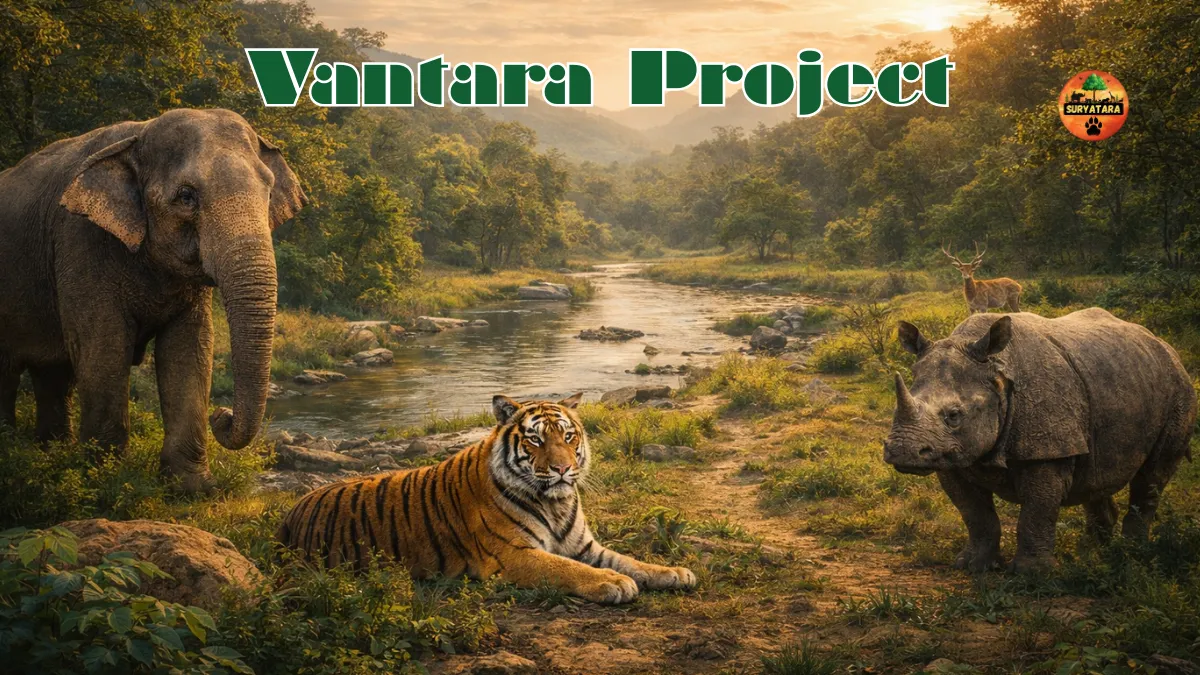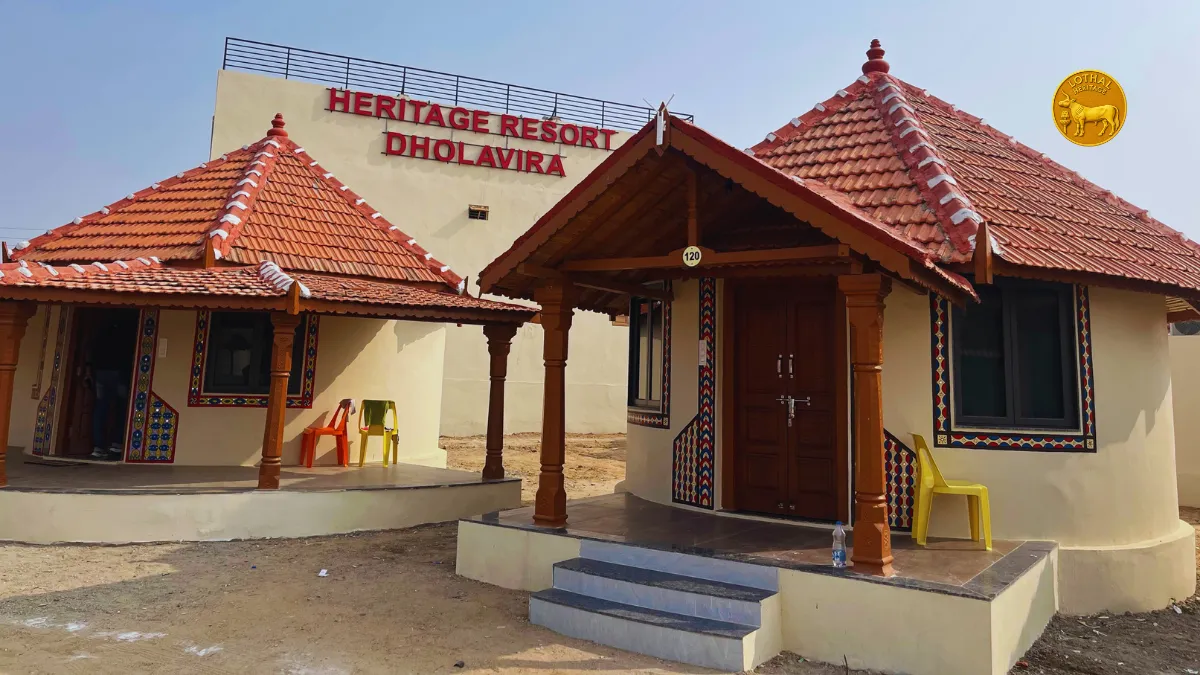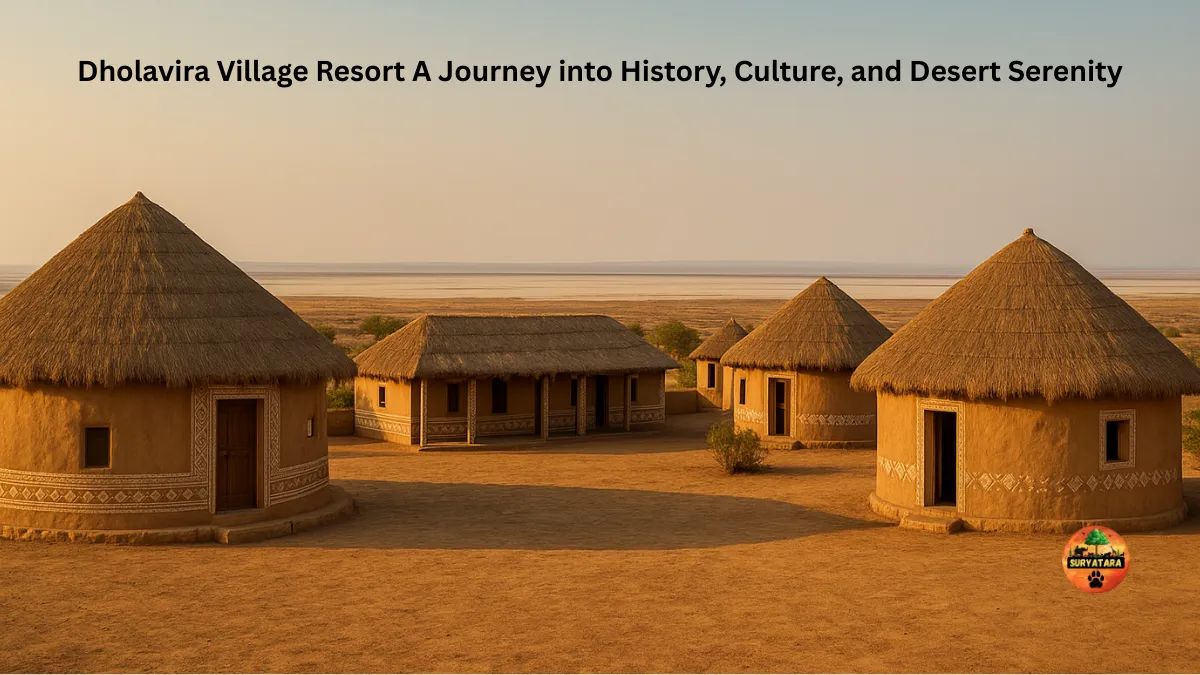Mahatma Gandhi Marine National Park is one of India’s most captivating marine protected areas, located in the heart of the Andaman Islands. Known for its rich coral reefs, vibrant marine life, and pristine beaches, this national park offers a rare opportunity to witness the untouched beauty of underwater ecosystems. If you’re looking for a unique travel destination that blends adventure, nature, and conservation, Mahatma Gandhi Marine National Park should be high on your list.
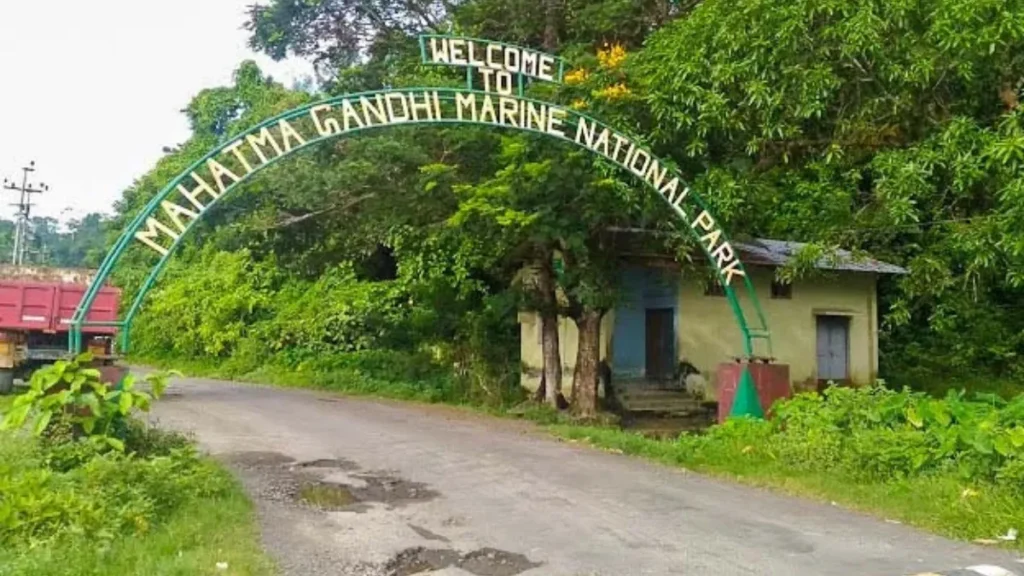
Discovering Mahatma Gandhi Marine National Park
Established in 1983, Mahatma Gandhi Marine National Park is located near Wandoor in the South Andaman district of the Andaman and Nicobar Islands. Spread across 281.5 square kilometers, the park includes a cluster of 15 islands, each surrounded by crystal-clear waters and teeming with marine biodiversity. The park was created to protect the fragile coral reefs and nesting grounds of sea turtles, making it a critical conservation zone for India.
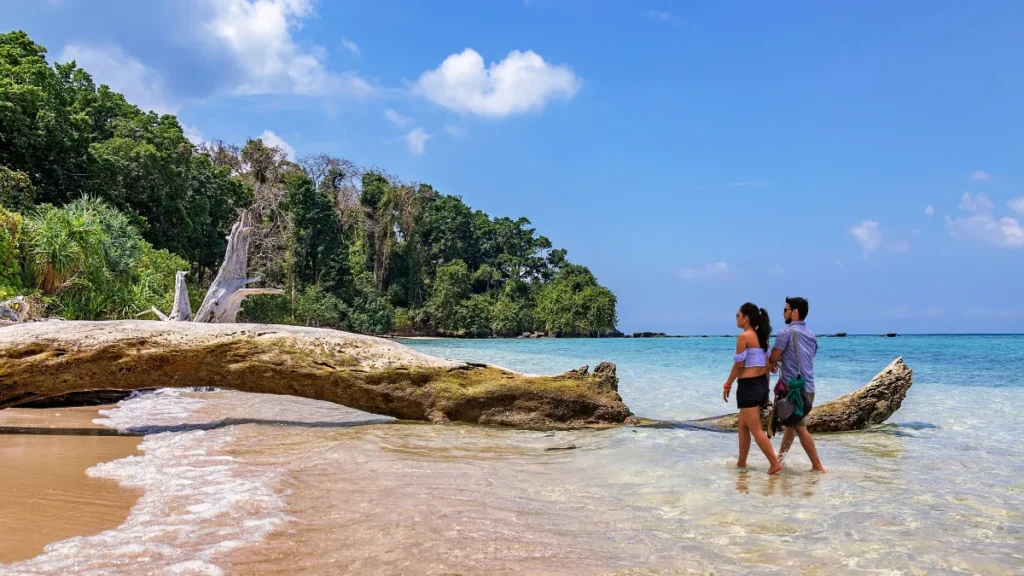
It’s not just a haven for marine species—it’s also a paradise for nature lovers, photographers, researchers, and eco-tourists who want to explore marine life in its natural habitat.
Key Information About Mahatma Gandhi Marine National Park
| Attribute | Details |
|---|---|
| Location | Wandoor, South Andaman, Andaman & Nicobar Islands |
| Established | 1983 |
| Total Area | 281.5 sq. km |
| Number of Islands | 15 (not all accessible to tourists) |
| Famous Islands | Jolly Buoy, Red Skin |
| Key Ecosystems | Coral reefs, mangroves, tropical forests, seagrass beds |
| Major Activities | Snorkeling, glass-bottom boat rides, eco-tourism |
| Best Time to Visit | November to April |
| Permit Requirement | Yes, especially for Jolly Buoy and Red Skin islands |
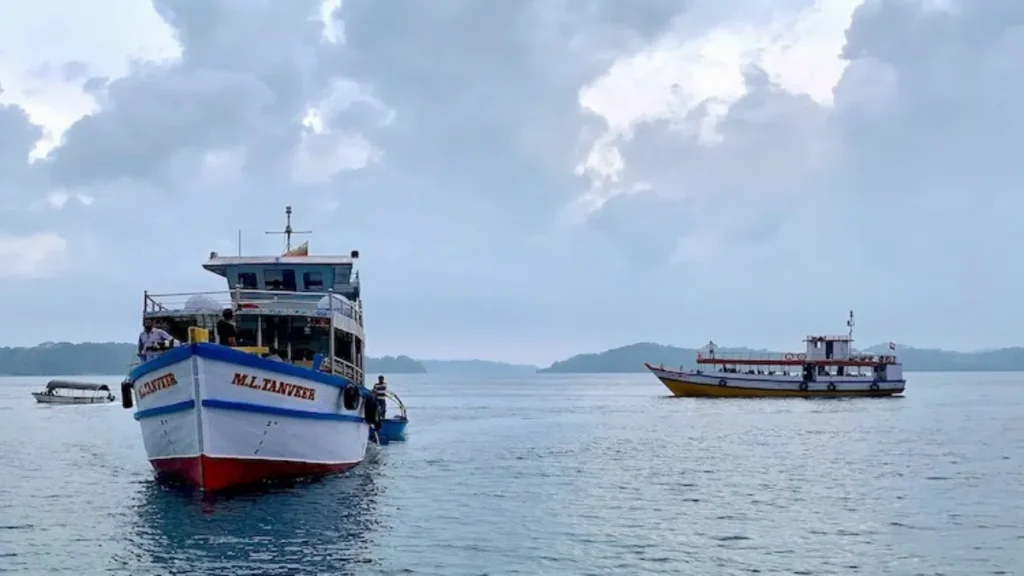
Rich Marine Biodiversity of Mahatma Gandhi Marine National Park
One of the most fascinating aspects of Mahatma Gandhi Marine National Park is its unparalleled marine biodiversity. The park is home to more than 50 types of coral species, ranging from massive boulder corals to delicate branching forms. The surrounding waters are filled with a variety of marine life such as:
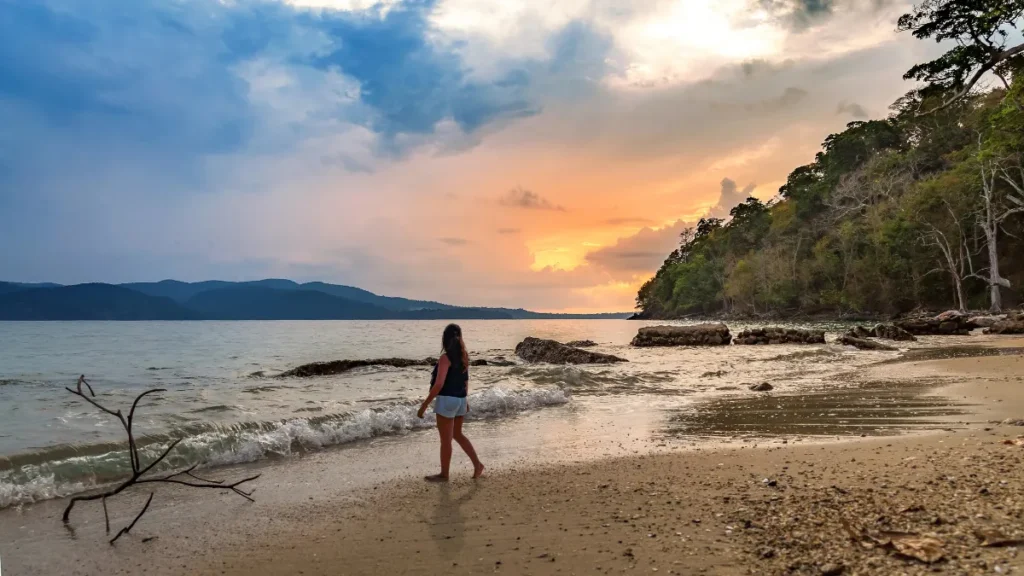
- Clownfish and parrotfish
- Starfish and sea cucumbers
- Giant clams and mollusks
- Reef sharks (harmless to humans)
- Sea turtles like Olive Ridley and Green Turtle
These species coexist in delicate harmony, making the park a hotspot for underwater life studies and marine conservation.
Exploring the Famous Islands: Jolly Buoy and Red Skin
Jolly Buoy Island
This is the most popular destination within the park, known for its clear waters and vibrant coral reefs. Snorkeling and glass-bottom boat rides are the main attractions here. Jolly Buoy remains open to visitors only for a few months in a year to allow natural regeneration of marine life.
Red Skin Island
An alternative to Jolly Buoy, this island opens during the months when Jolly Buoy is closed. It also offers excellent views of marine life through glass-bottom boats and snorkeling experiences.
Both islands are strictly plastic-free zones, and visitors must follow guidelines issued by the forest department to help conserve the ecosystem.
Conservation Significance of Mahatma Gandhi Marine National Park
The establishment of Mahatma Gandhi Marine National Park was a major step in India’s efforts to conserve marine ecosystems. Coral reefs are extremely sensitive to climate change, pollution, and tourism pressures. This park serves as a protected habitat for endangered species like sea turtles and corals, and it helps maintain the ecological balance of the region.
Additionally, the park plays an important role in educational and research activities, offering insights into coral reef health, coastal ecosystems, and marine species behavior.
Best Time to Visit Mahatma Gandhi Marine National Park
The best time to explore the park is between November and April, when the seas are calm, visibility is excellent, and the weather is pleasant. During the monsoon months (May to September), boat services are usually suspended due to rough sea conditions, and tourist visits are discouraged.
Also read: Narara Marine Life Sanctuary: A Hidden Coastal Gem of Gujarat
How to Reach Mahatma Gandhi Marine National Park
- By Air: The nearest airport is Veer Savarkar International Airport in Port Blair, which is well connected to major Indian cities.
- By Road: From Port Blair, Wandoor (the gateway to the park) is around 30 km and can be reached by taxi or local buses.
- By Sea: Boat rides from Wandoor Jetty take you to Jolly Buoy or Red Skin Island, based on the season and permit availability.
Visitor Tips and Eco Guidelines
- Get permits in advance, especially during peak seasons.
- Do not carry plastic, as the islands strictly enforce eco-friendly tourism.
- Follow instructions of forest guides to protect marine life.
- Avoid touching or collecting coral, even if it appears dead.
Also read: Narara Marine National Park Ticket Price and Timings: A Complete Guide
Conclusion:
Mahatma Gandhi Marine National Park is more than just a tourist destination—it’s a vibrant marine sanctuary that showcases the hidden underwater wealth of India. It’s a reminder of how vital marine ecosystems are to our planet and why they deserve protection.
For travelers who want to explore nature in its purest form while supporting sustainable tourism, Mahatma Gandhi Marine National Park offers a deeply enriching experience. Whether you’re snorkeling among colorful fish or simply admiring the coral formations through a glass-bottom boat, every moment spent here connects you to the delicate beauty of marine life.
Plan your visit responsibly, and let this national park leave a lasting impression not just in your travel memories but also in your awareness of marine conservation.

